AS STOCKS COMPLETE 7-MONTH ROUND TRIP, YIELDS CONTINUE TO CRUMBLE
Treasury yields have diverged from stock prices in 2019
Each of our strategies posted a solid month in April as another push higher returned the S&P 500 to where it stood seven months earlier before last Fall’s dramatic slide. Whether via risk-managed indexing using Smart Index and Legacy Navigator or non-correlated VIX exposure with Alpha Seeker, our process has produced a significantly smoother ride during this consolidation, leaving our portfolios well-positioned to capture the market’s next trend.
As to which direction that may be, there seem to be conflicting messages at present. In particular, the strong bounce in stocks is at odds with Treasury yields that appear to be pricing in lackluster economic prospects. Taken together with declining earnings estimates, this means that the rally this year is almost entirely a result of an expansion in the price to earnings ratio rather than any improvement in fundamentals. In other words, the rally this year has set the bar high that either earnings will improve substantially or that rates will remain low enough to justify an elevated multiple. Even if these expectations are eventually met, It’s difficult to imagine that squaring such a wide divergence will go smoothly. After one of the best quarters in S&P 500 history, it may be time for investors to re-evaluate their risk management plan.






